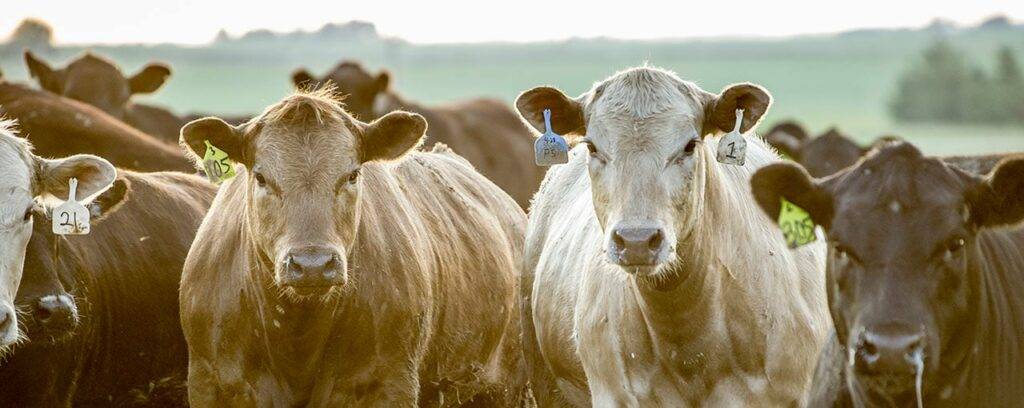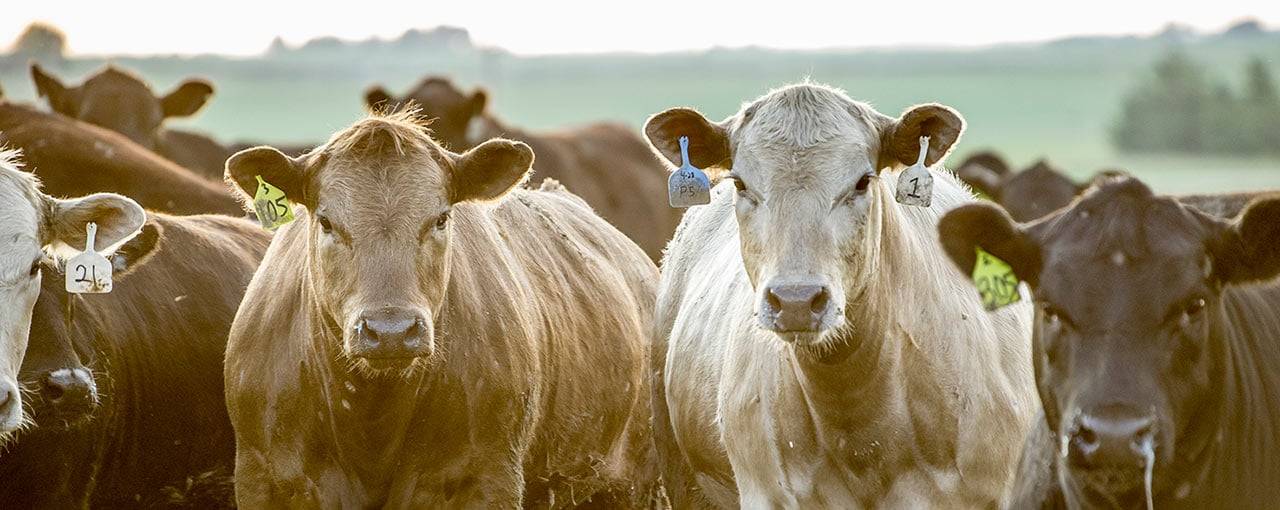Cargill Strikes: A Potential Industry Backfire with Far-Reaching Impacts
At the time of writing, the strikes at Cargill meat plants may have concluded at the Guelph, Ontario facility, but the ramifications could be just beginning. This particular plant, which has been on strike for over two weeks, processes 80% of Ontario’s beef cattle. Simultaneously, the Cargill meat fabrication plant in Calgary has voted to strike, although the exact timing remains undetermined. It’s crucial to note that the Calgary facility is distinct from the Cargill High River slaughter plant, which operates under a different labor agreement with the same union, the United Food and Commercial Workers International Union (UFCW).
High Stakes for Cargill and the Industry
The existing labor agreement at the Cargill High River plant, established two years ago, has already made it the costliest Cargill slaughter plant in North America. Should the settlements at both Guelph and Calgary lead to even higher operational costs, these Canadian plants could become Cargill’s most expensive facilities. This financial pressure puts Cargill in a precarious position, potentially incentivizing the company to relocate its meat processing operations to less costly U.S. plants.
Given the significant capital investment required in the meat packing and processing industry, companies like Cargill continually seek to reduce costs. High labor costs at Canadian plants could prompt Cargill to shift production to new, high-tech, automated facilities closer to the Canadian border. This strategic move would reduce dependence on the more expensive Canadian operations, leaving Canadian workers at risk of job loss due to their high UFCW labor contracts.
The Human Element: Worker Rights vs. Economic Realities
The desire for higher wages, improved working conditions, and additional benefits among meat plant workers is understandable. The work is strenuous and monotonous, with high turnover rates underscoring the challenging nature of the job. However, despite Cargill’s contract offers, UFCW negotiators have rejected these proposals, prolonging the strikes. This situation is costly for out-of-work union members, as wage losses during strikes are often not fully recouped.
Historically, strikes have been a necessary tool for workers to achieve economic progress. However, there is a critical juncture where continuing a strike becomes financially unviable. Unfortunately, this is seldom communicated to striking workers by union leaders, leading to extended strikes that may not yield proportional financial benefits for the workers.
Market Impact: From Cattle Producers to Consumers
Increased costs in meat packing and fabrication inevitably lead to higher retail meat prices. With consumers already facing sticker shock at grocery stores, the sight of $40 steaks and $80 roasts only exacerbates the issue. As prices soar, consumer demand tends to drop, creating a ripple effect throughout the supply chain. Meat processors will place pricing pressure on their suppliers, which includes feedlots and, ultimately, cow/calf producers. This downward pricing pressure can have severe consequences for primary producers, who are already struggling with thin margins.
The cattle industry, particularly in Alberta, has been facing a steady decline. This decline is not solely due to price cycles but also because many primary producers are retiring or quitting due to unprofitability. The sustainability of Alberta’s cattle industry is further jeopardized by these strikes, which could exacerbate the economic challenges faced by primary producers.
Grocers’ Code of Conduct: A Double-Edged Sword
Adding another layer of complexity is the potential implementation of a grocers’ code of conduct. This code aims to curtail the dubious buying practices of major grocery retailers, which often disadvantage wholesale suppliers. While the code’s intention is to protect suppliers, the reality is that major retailers could sidestep these regulations and continue to exert downward pricing pressure on meat suppliers. This would trickle down to feedlots and primary producers, further squeezing their already tight profit margins.
A Grim Outlook for the Meat and Livestock Industry
The current situation paints a bleak picture for the meat and livestock industry. Strikes at Cargill plants, while aimed at improving worker conditions, could backfire, leading to significant job losses and higher operational costs that may force Cargill to relocate production to the U.S. The resultant increase in meat prices will likely reduce consumer demand, creating a domino effect that pressures all levels of the supply chain, from feedlots to cow/calf producers.
Additionally, the potential implementation of a grocers’ code of conduct could inadvertently harm primary producers further by reducing their returns. The cumulative impact of these factors could accelerate the decline of the cattle industry in Alberta and beyond, making it increasingly difficult for producers to sustain their operations.
Conclusion
The ongoing Cargill strikes, while a fight for fair labor practices, highlight the delicate balance between worker rights and economic sustainability. The potential for these strikes to drive up costs and disrupt the meat supply chain underscores the need for strategic decision-making and compromise. Without careful consideration, the repercussions could extend far beyond Cargill, affecting the entire meat industry and the livelihoods of those who depend on it. As the industry navigates these challenges, it must strive to find solutions that support both workers and producers, ensuring long-term viability and stability.
Related: More Labour Disruptions Loom at Cargill


